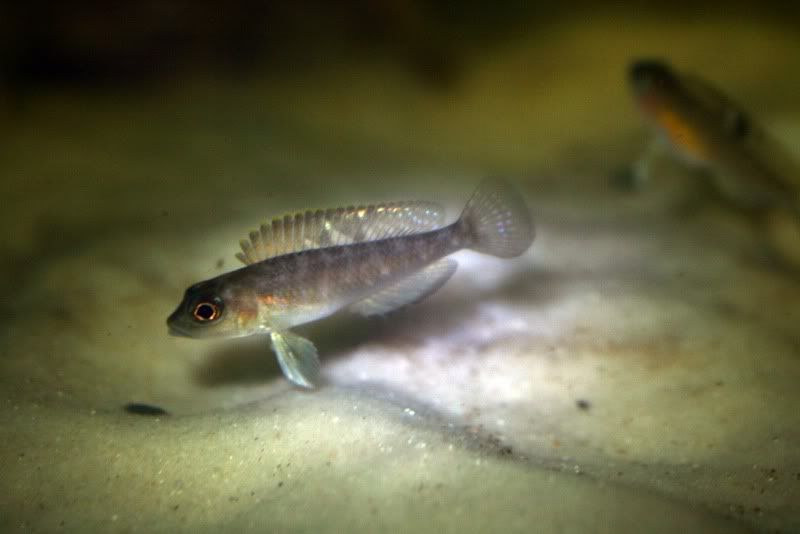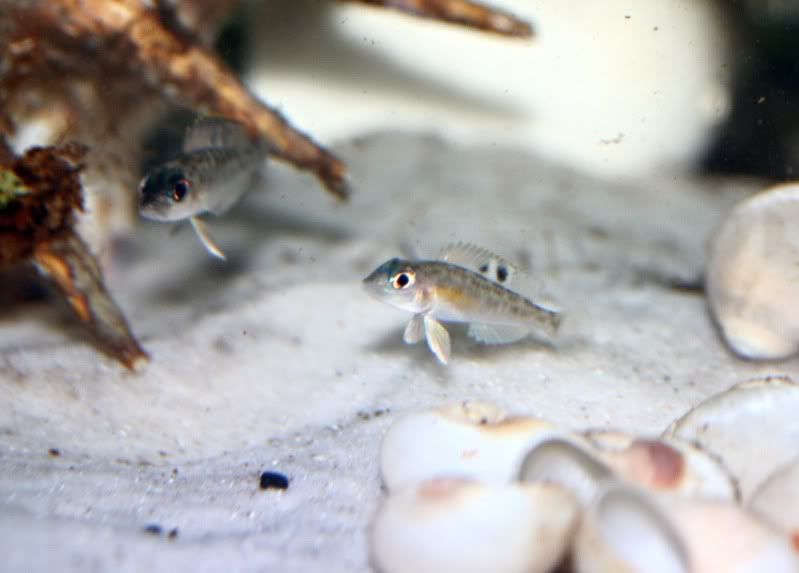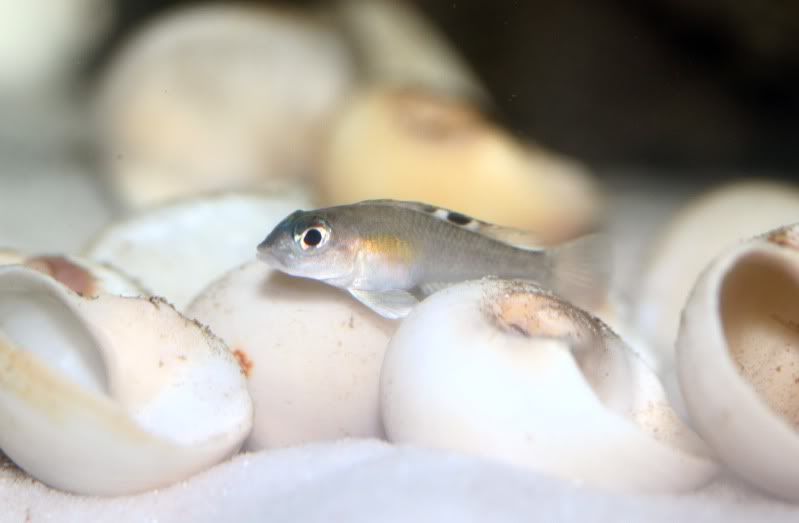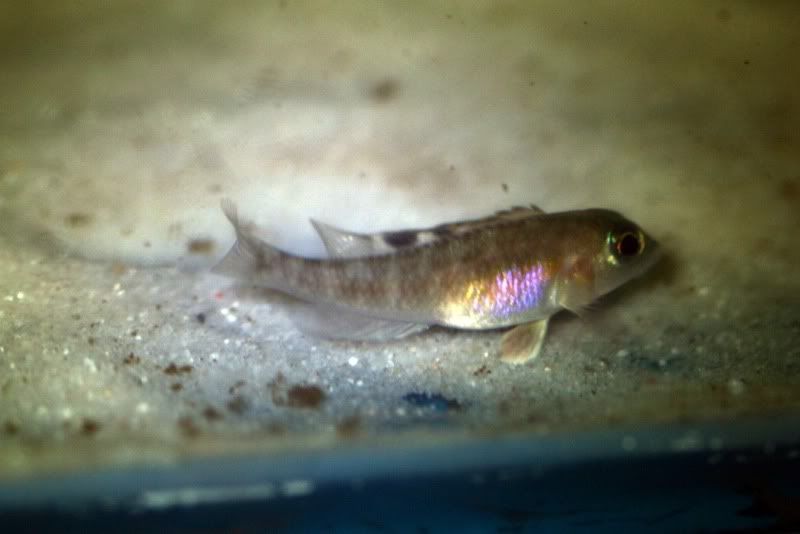- Messages
- 194
- Location
- Brisbane,Australia
I'm Happy.....I've got a pair of L brevis "Zaire"....regardless of their origin!!!
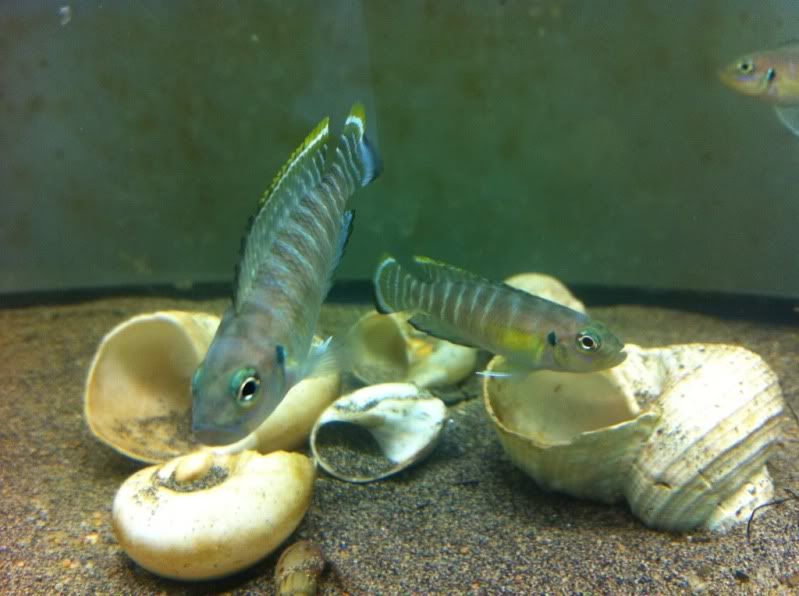
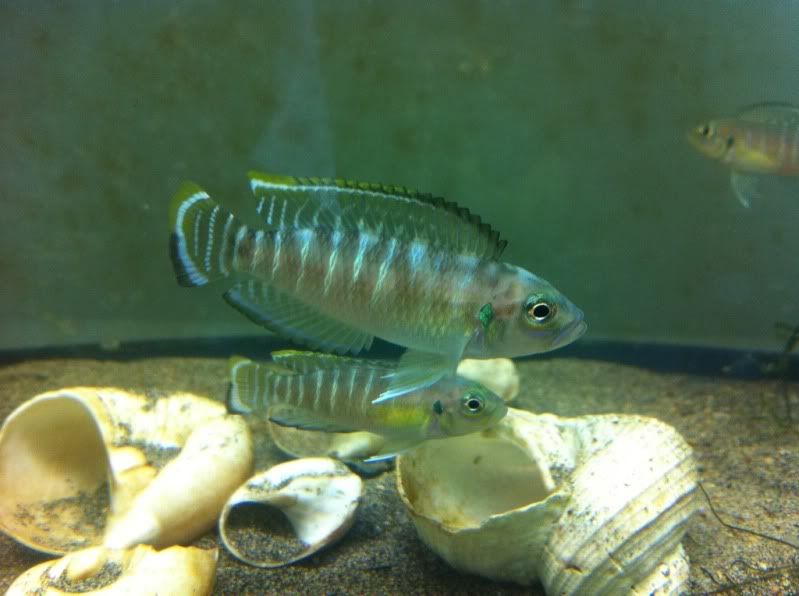
Rod, you are quite likely right, but the reason that some "brevis" have traits that are different from others is that they are a different species, and that each form is not necessarily particularly closely related to the other forms of "brevis". Only DNA analysis can pick these cryptic species out.just that it is a possible reason why some variants of brevis have traits that are very different to others
This where it all goes slightly wrong, but only because you need to get away from using their current names. The scenario is quite likely, and as you say a number of species are stabilised hybrids, but in this case what you suggest is that current species brevis "Zaire", "brevis" and "meeli" share a common ancestor, but not that that the two species that hybridised were L. brevis and L. meeli, they hadn't yet evolved from that common ancestor.say L meeli males sperm accidentially fertlises a brevis female eggs some of the fry have the white stripe on the tail....and over the next 100,000+ years that trait is passed through that particular population and at some point the whole population carrys the trait......they are 99.9% brevis with one trait that evolved from an accident
......From the direct observation of hybrids we conclude that hybridization between distantly related gastropod-shell-breeding cichlids of Lake Tanganyika follows inevitably from their ecological specialization. Moreover, the observed incongruence between mtDNA and nuclear multilocus phylogeny suggests that repeated hybridization events among quite distantly related taxa affected the diversification of this group, and introduced reticulation into their phylogeny.....

... I wonder if the variants will eventually be classed as different species...or sub species?
Very true, cladistics and phylogeny have made things a bit clearer, but it all taxonomy is a bit of a pigeon holing exercise, and taxonomists will always differ in their view of how big the pigeon holes are, and on where the boundaries of each pigeon hole lie. Once you start adding in conflicting information from nuclear and mitochondrial DNA the picture is even more unclear.Taxonomy is the diaper used to organize the mess of evolution into discrete packages
I really don't know, this is a quote from the Koblmuller et al paperI wonder if the variants will eventually be classed as different species...or sub species?
Despite the strength of the phylogenetic signal and the high resolution of reconstructed species relationships, the mtDNA phylogeny contains several groupings in striking conflict with morphological, ecological and behavioral similarities. Remarkably, all inconsistencies involve gastropod shell breeders.
I am quite interested, it wasn't a subject I knew much about but, I used to work for a Phycologist (I used to sort out her base sequences data files). If you want the back ground to cladistics, you can down-load the classic ""Compleat Cladist" from here: <http://taxonomy.zoology.gla.ac.uk/teaching/CompleatCladist.pdf>. There are also some lectures and bits by Rod Page here: <http://taxonomy.zoology.gla.ac.uk/teaching/>.It's obviously a subject you're into
